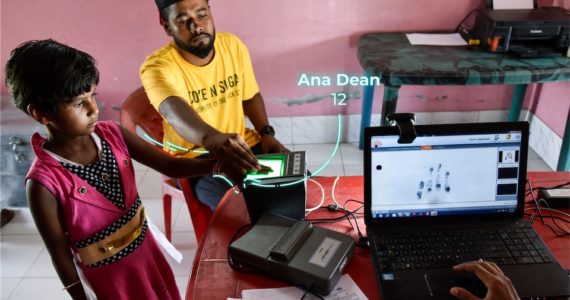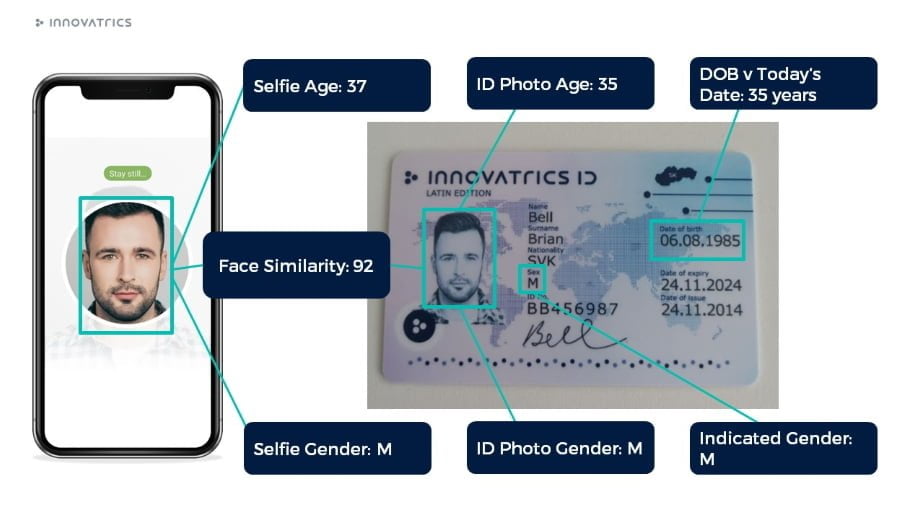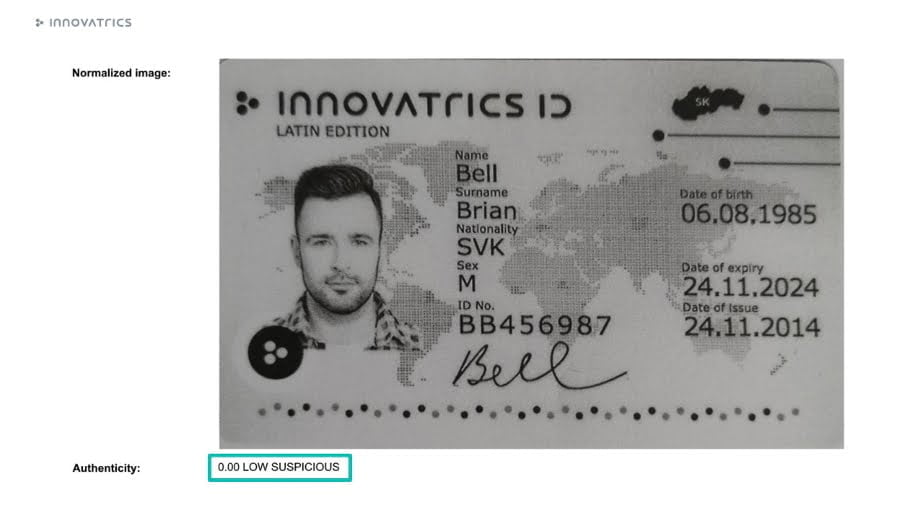

Innovatrics ABIS Levels Up Fingerprint Matching Accuracy in Children and Adults
The new version of the Innovatrics algorithm improves fingerprint matching performance, taking the accuracy for both children and ...
Read moreRemote digital onboarding processes have been gaining popularity in multiple industries. Banks, telcos and financial institutions are increasingly offering mobile enrollment services to reach a wider demographic.
To provide trusted digital onboarding, it is not only important to biometrically verify the genuine presence of a user. It’s also imperative to evaluate the authenticity of a submitted identity document. Smartphone camera capabilities are limited in terms of detecting fake or forged documents; to do this securely, a dedicated document scanner is usually required. Innovatrics Digital Onboarding Toolkit (DOT) addresses this challenge using machine learning algorithms to make remote onboarding as secure as possible.
Digital Onboarding Toolkit verifies a user’s identity in two simple steps. First, it captures the photo of the identity card and extracts the biometric and biographic data. Second, it takes and verifies the user’s selfie with passive liveness check in the background. Within these steps, several mechanisms evaluate the authenticity of the document.
As a core functionality of DOT, our face algorithm compares the photo on the document with the selfie. It confirms that the selfie belongs to the same person. The algorithm can also estimate the age and gender of the person. This estimation can be used to validate the data on the ID.


Some documents contain Machine Readable Zones (MRZ). Others have contactless RFID chips, which can be accessed using NFC-capable smartphones. Data cross-check provides two more levels of document data authenticity validation. Tampering the MRZ field requires more advanced knowledge, while data from the RFID chip cannot be modified at all.
DOT is capable of spotting simple document forgeries based on visual detection. This mostly applies to older documents that may not have RFID chips or an MRZ.
DOT can evaluate the authenticity of the ID based on the color profile. Documents which do not meet the expected color profile return a low authenticity score.


Regardless of the limitations of document tampering detection, they are integral to mobile identity authentication. They contribute to the overall success of ID authenticity checks along with other components that verify a customer’s identity.
As remote access to services becomes widespread, Innovatrics DOT has aided private and public institutions to meet this demand. The highly scalable digital onboarding system continues to benefit organizations, enabling them to extend convenient, secure and smart solutions to their customers wherever they are.
Interested to know more about Digital Onboarding Toolkit? Contact us for more information.